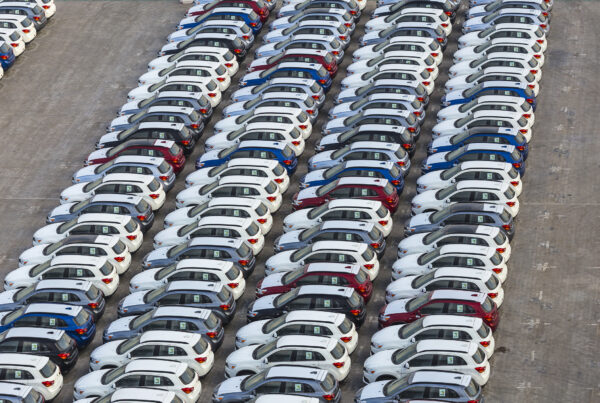This article was first published by ACA Research and was reposted with permission.
As we conclude yet another year, it’s a good time to reflect on how the automotive market has fared. While 2022 was another year of global challenges, we did see some positive trends emerging which will continue to shape the market in the years ahead.
Using VFACTS sales data, we discuss four key market trends for 2022 and what we expect to see in 2023.
1. An unexpectedly strong market
New vehicle sales outperformed our forecasts, approaching 1.1m vehicles for the year, and showing the market recovery is well on track (in the context of ongoing challenges around Covid, and rising interest rates and household costs). Despite this, vehicle supply continues to be an issue – once the vehicles are here, Australian customers are ready to buy.
2. Some expected (and unexpected) winners
Toyota again dominated the market in 2022, followed by Mazda and Kia. The big change however comes further down the list as MG continued to perform well, with the ZS rising from 10th to 8th place off the back of more than 20,000 sales for the year.
At a model level, Toyota and Ford continued their battle, with the Toyota Hilux beating out the Ford Ranger for Australia’s favourite vehicle (although Ford’s results were impacted by ongoing supply chain issues). Given Australia’s ongoing love affair with the ute, we’re very likely to see the same two nameplates at the top of our list again next year.
Despite European brands having a strong position in the AU market, our vehicles are largely manufactured in Asia, with plants in Japan, Thailand, and Korea responsible for 2 in 3 of the vehicles sold in Australia in 2022.
The big story here though is the growth of ‘Made in China’. In our 2021 review of new vehicle sales in Australia, we noted the increase of Chinese-made vehicles, and this trend has continued into 2022. China seems to have coped well with supply chain challenges, recording a 60% YoY increase, as it cracked 120,000 units to cement itself as Australia’s fourth largest source of new vehicles.
While we called out MG above for its success (with all three models recording YoY volume growth), we are also seeing new players in town. BYD entered the Australian market in late 2022 with its battery electric Atto 3 SUV, and already has more than 2,000 sales on record. With more models (and brands) incoming, we are likely to see China hold an increasing share of the Australian market in 2023 and beyond.
Hybrid and electric vehicle sales have also continued to grow, aided by growing political and regulatory support, and (slowly) improving infrastructure. In 2022, hybrid and electric vehicles accounted for 8% and 3% of all new vehicle sales, respectively. While small, this was an almost 550% YoY increase for electric vehicles. This trajectory will continue, with our car parc forecasts showing that electric vehicle sales will more than double over the next 12 months.
Where to from here?
Looking forward, we will see a level of change in the form of greater numbers of electric and hybrid vehicles, with many of them coming out of China. We can, however, expect stability in other areas –the Toyota Hilux and Ford Ranger will continue their competition to be Australians’ preferred new vehicle.
What is heartening is that the Australian new vehicle market has recovered, and is continuing to grow, despite difficult times globally.
To read the full article, click here.
Did you find this article helpful? Click the ‘heart’ button above to give it a ‘like’!


















